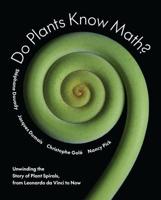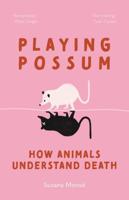Publisher's Synopsis
Excerpt from How to Work With the Microscope
In the particular branch of enquiry I am considering, the importance of such Operations as the dissection and demonstration of the nerves of an insect, of injecting the vessels Of a mouse or a frog, preparing minute specimens, and other such practical work, has been very much over looked and underrated. It is, however, by practical work of this kind that the student learns, as it were, the very grammar of the subject, which ought to be mastered, and mastered thoroughly, and not only by those who intend to work, but by those who desire to be able to appre ciate and form a judgment concerning the reliability and value of the work of others. Every student should be taught to dissect small animals, and those who have succeeded in displaying the nerves of a frog may practise on smaller animals, such as caterpillars and beetles, and some will succeed in dissecting with the aid of a lens the nervous system of a bluebottle.
The number of original observers emanating from our schools will vary as practical work is favoured or discouraged. It is certain that they who are most fully conversant with elementary detail and most Clever at demonstration, will be the most successful in the consideration of the higher and more abstruse problems, and will feel a real love for their work, which no mere superficial enquirer will experience.
To endeavour to discover new methods of investigation is one of the most important duties of every Observer. To communicate these to his pupils must be the anxious desire of every earnest teacher of any branch Of natural science.
About the Publisher
Forgotten Books publishes hundreds of thousands of rare and classic books. Find more at www.forgottenbooks.com
This book is a reproduction of an important historical work. Forgotten Books uses state-of-the-art technology to digitally reconstruct the work, preserving the original format whilst repairing imperfections present in the aged copy. In rare cases, an imperfection in the original, such as a blemish or missing page, may be replicated in our edition. We do, however, repair the vast majority of imperfections successfully; any imperfections that remain are intentionally left to preserve the state of such historical works.










